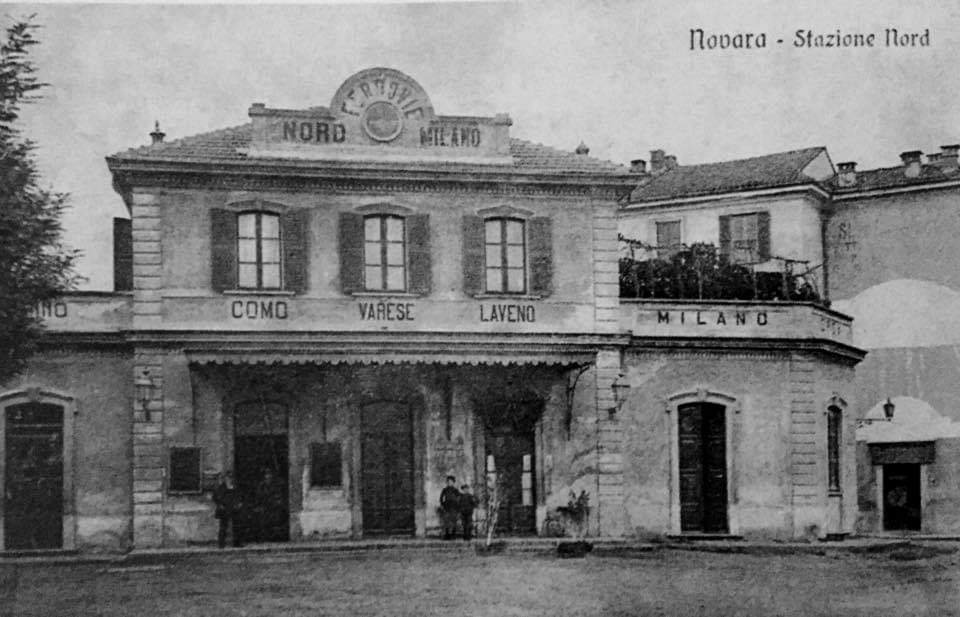
Novara
“Unlike many other small cities in the north of Italy, Novara did not enjoy the same artistic heritage and splendid aristocratic geniuses which allowed them to develop their own aesthetic identity, to adorn themselves with the styles and tastes of the different centuries, to create, if you will, a city of interest for its monuments, squares and museums.
Nature graced her with vast horizons and mighty visions of the Alpine range, and an eminent position on the surrounding plain... but events and mankind were her enemy... The conditions imposed by the sad historical events that relentlessly dogged it for centuries kept it from every effort to become a monumental city...”.
Stark words from Nord Milano magazine in 1931, perhaps circumstantial to justify the restoration of the Broletto as a monument, of great importance in the early 1930s, but above all, effective in describing a city which had successfully been identified 50 years earlier as the terminus of a railway line with its head in Italy, but with its legs and feet pointing directly to the heart of Europe, what was needed to make it perfect as the terminal of the railway line at the end of the 1800s.
An overall vision that was unusually strategic even for the time, but which unquestionably foreshadowed an undreamt-of future.
Listen to the audio
Main dates
-
1900 - Early 1900s
Horses and carts going over the level crossing next to Novara station.

-
1920 - Overpass
A locomotive passing under the Porta Sempione underpass.
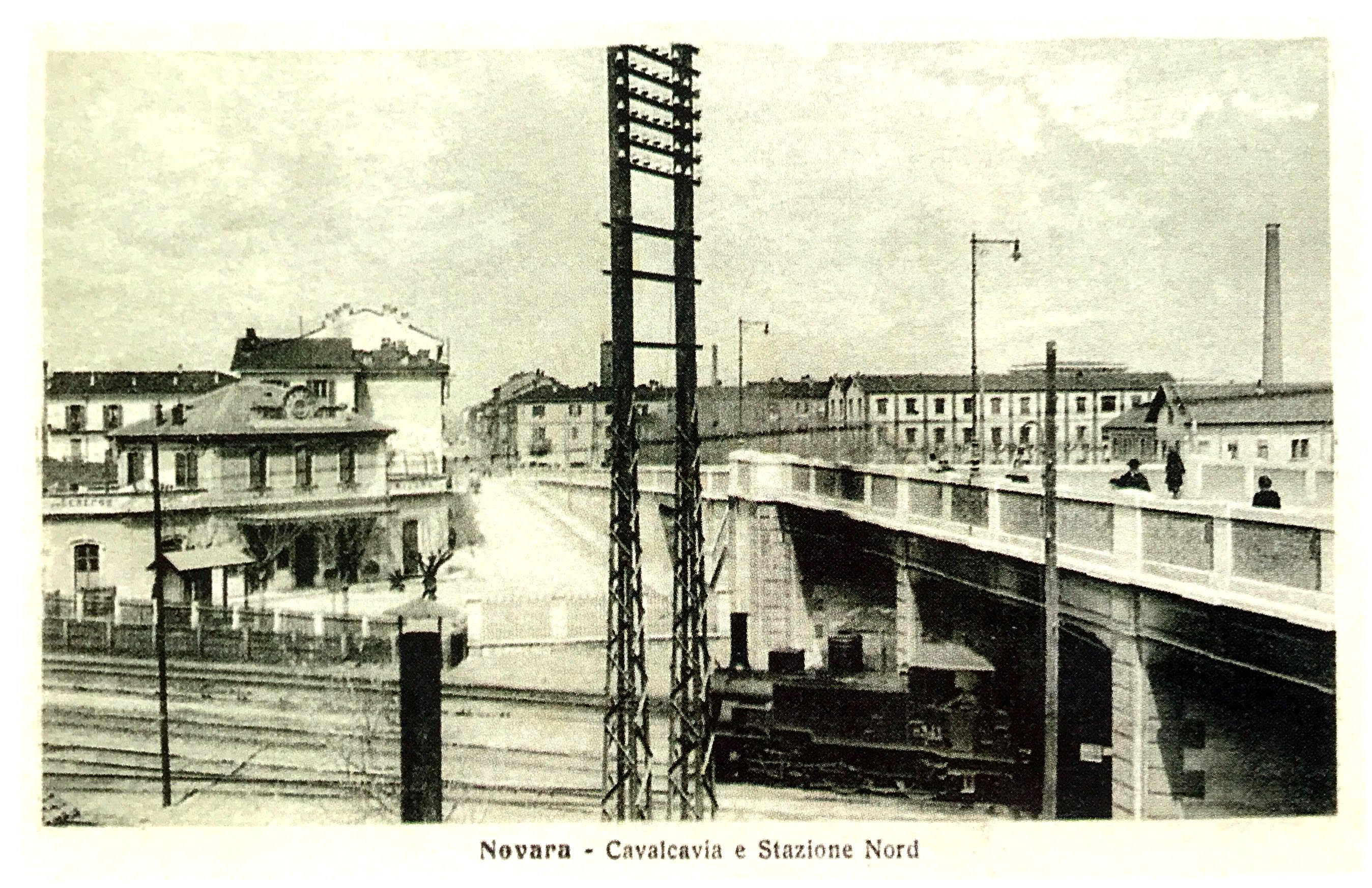
-
1930 - Departing train
Novara Nord station with its distinctive building perpendicular to the tracks, early 1930s.
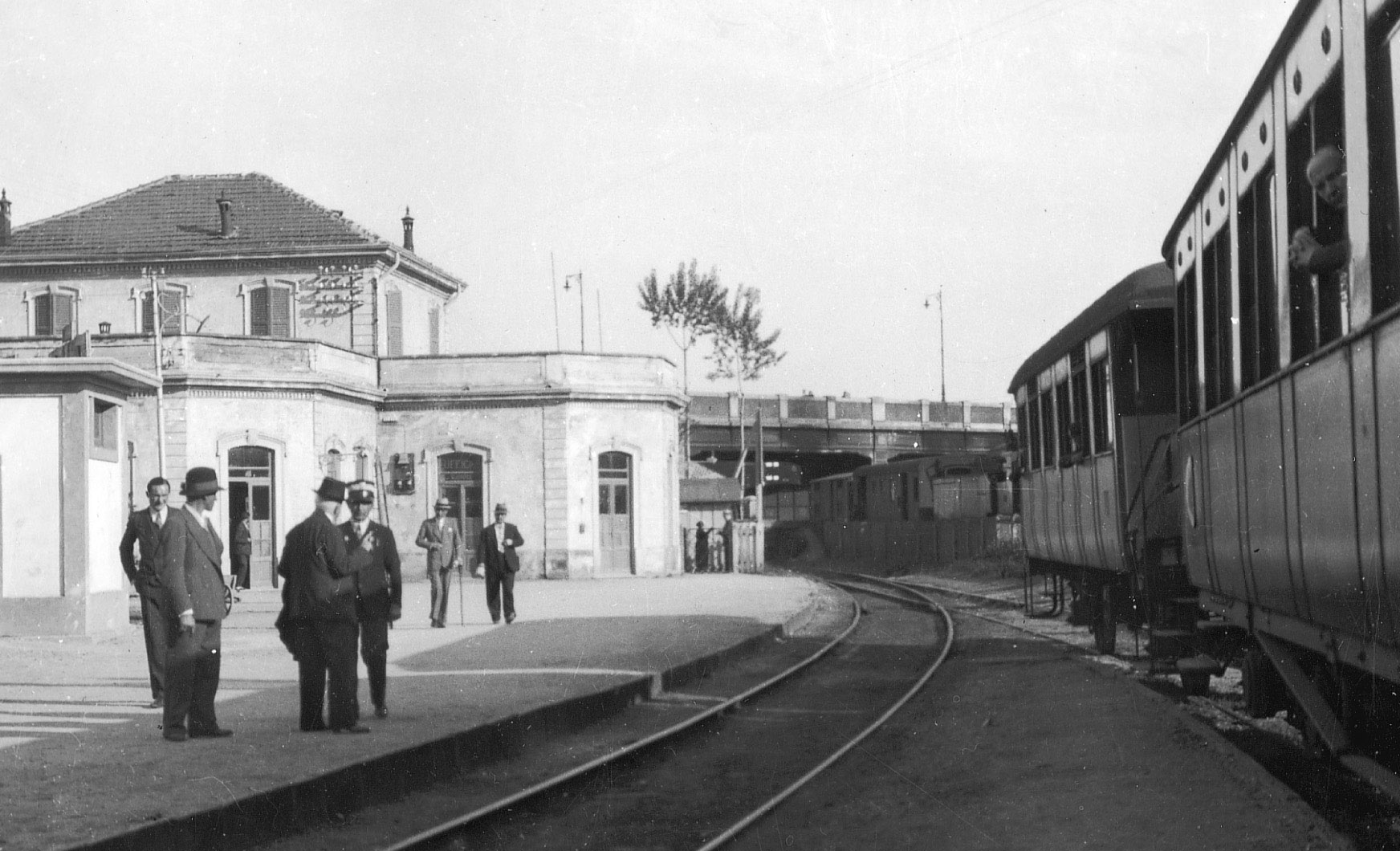
-
1930 - Novara Nord building
The camp train: children form orderly queues to board the train for the summers camps located near Ponte Ticino, 1930s.
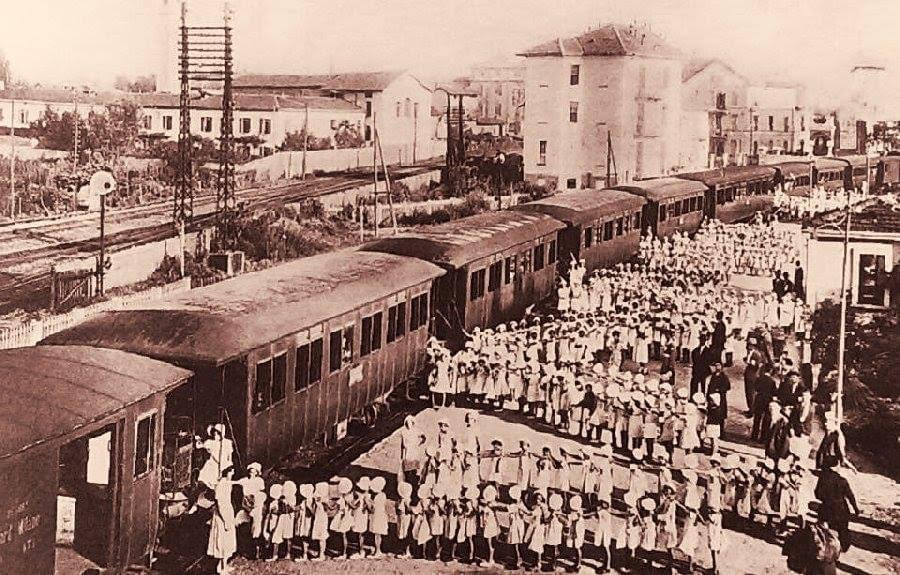
-
1953 - Unveiling the electric traction
The first electric traction train arrives on the Saronno-Novara section, December 1953.
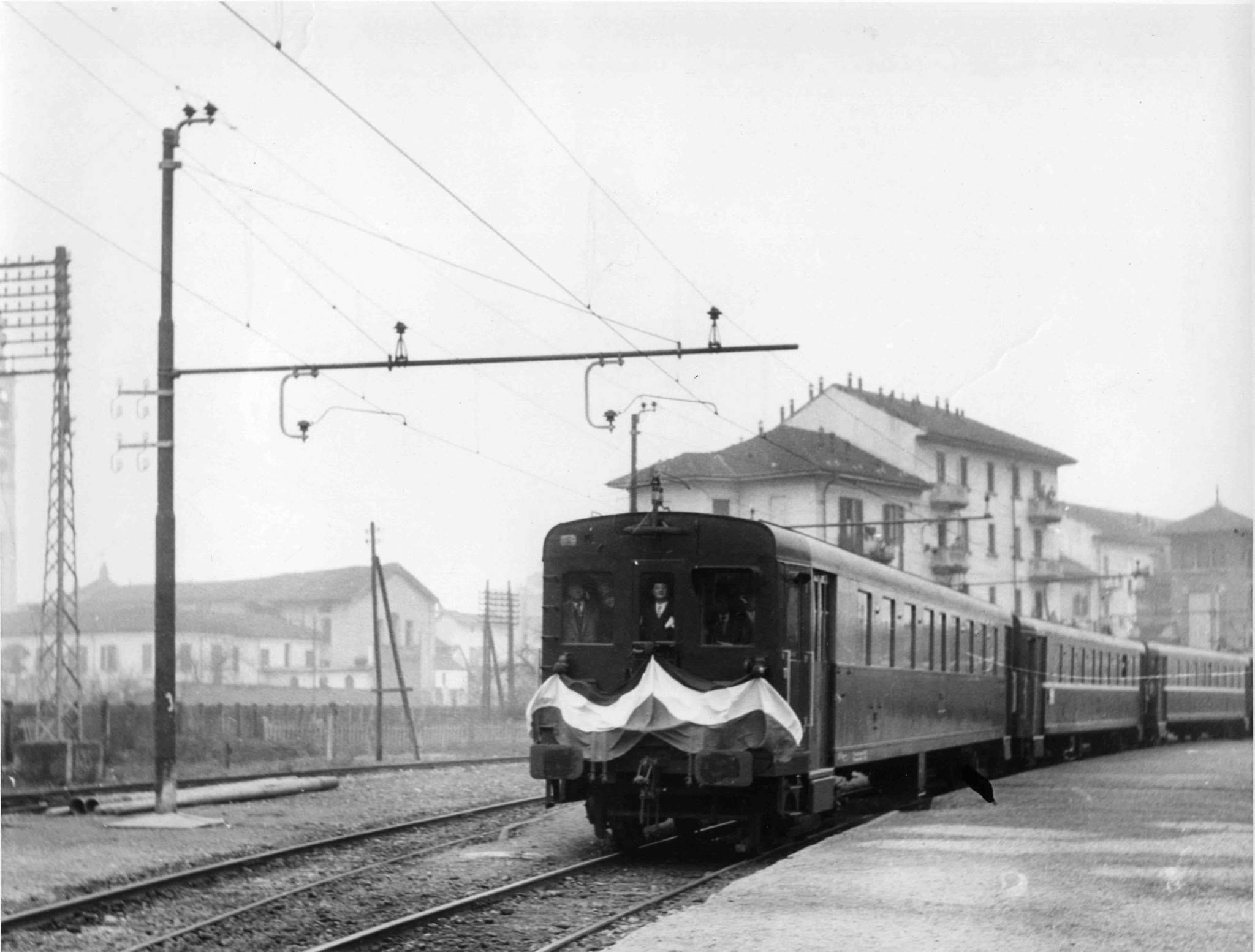
-
1970 - The passenger building
The passenger building in an archive photo of the 1970s.
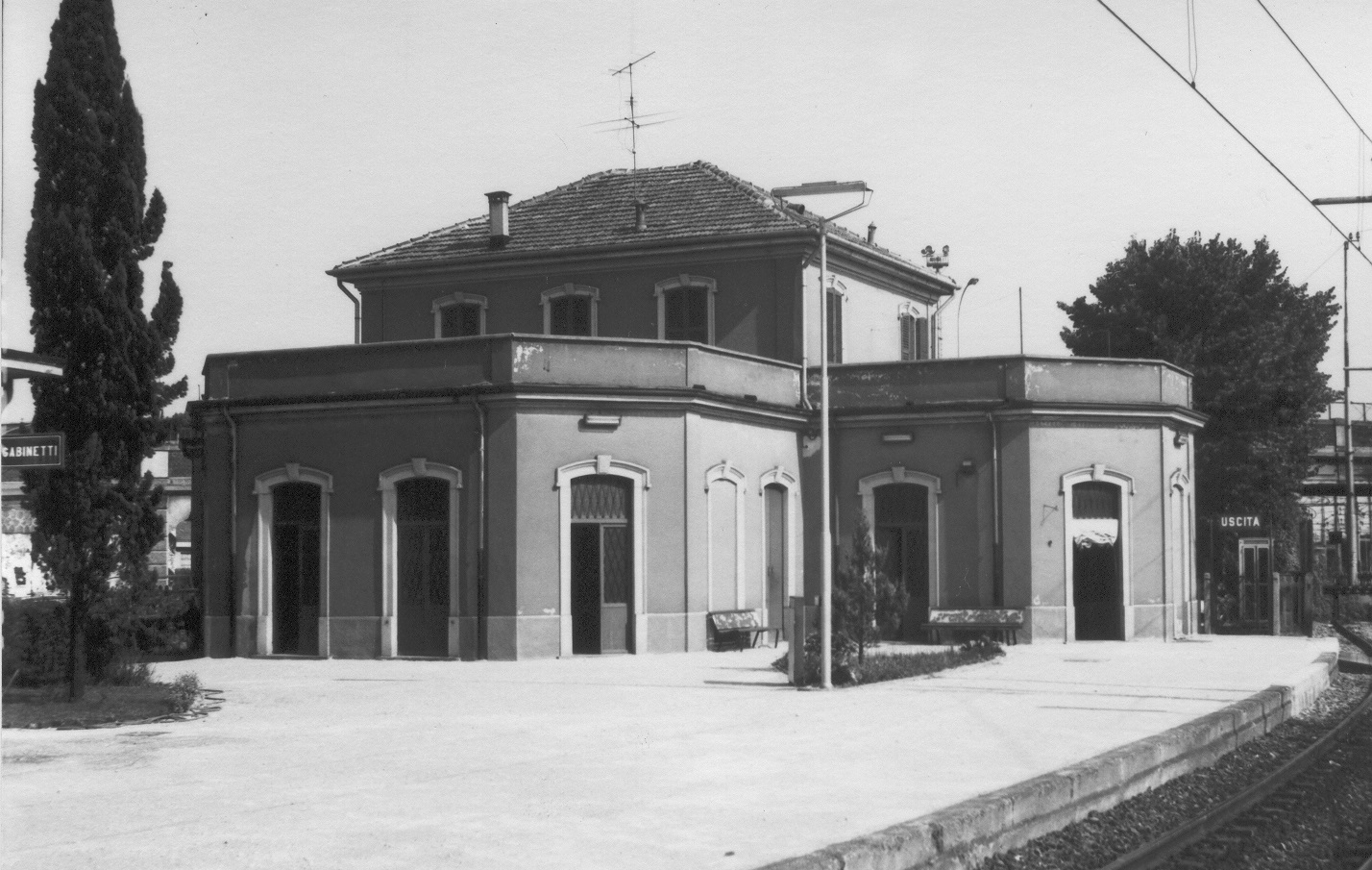
-
2004 - The building before closure
The passenger building at Novara Nord, as it was in 2004, a year before it closed down.
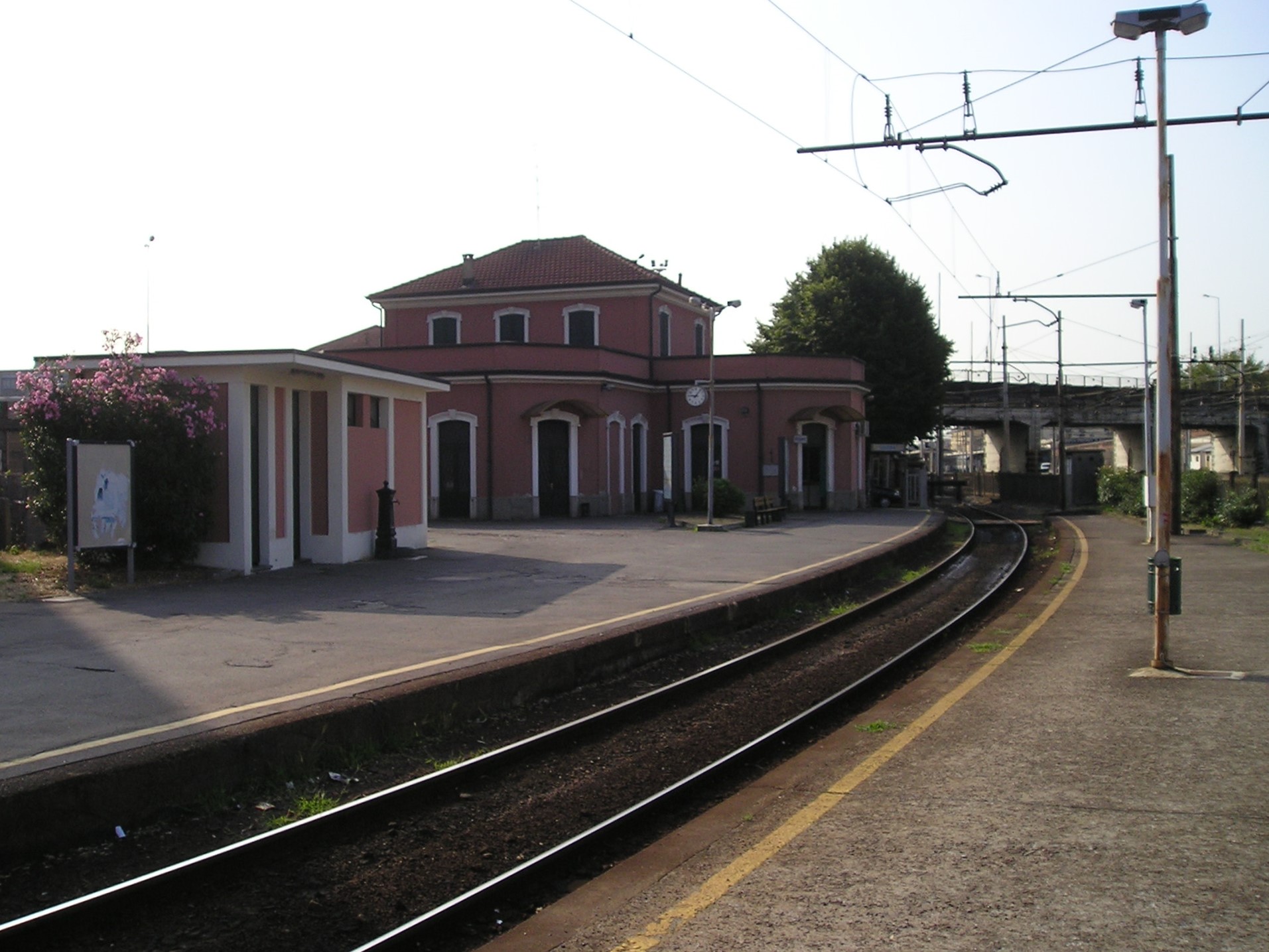
-
2021 - The new passenger building
The new passenger building at Novara Nord, opened in 2005 on land adjacent to the FS station, abandoning the previous station and route.
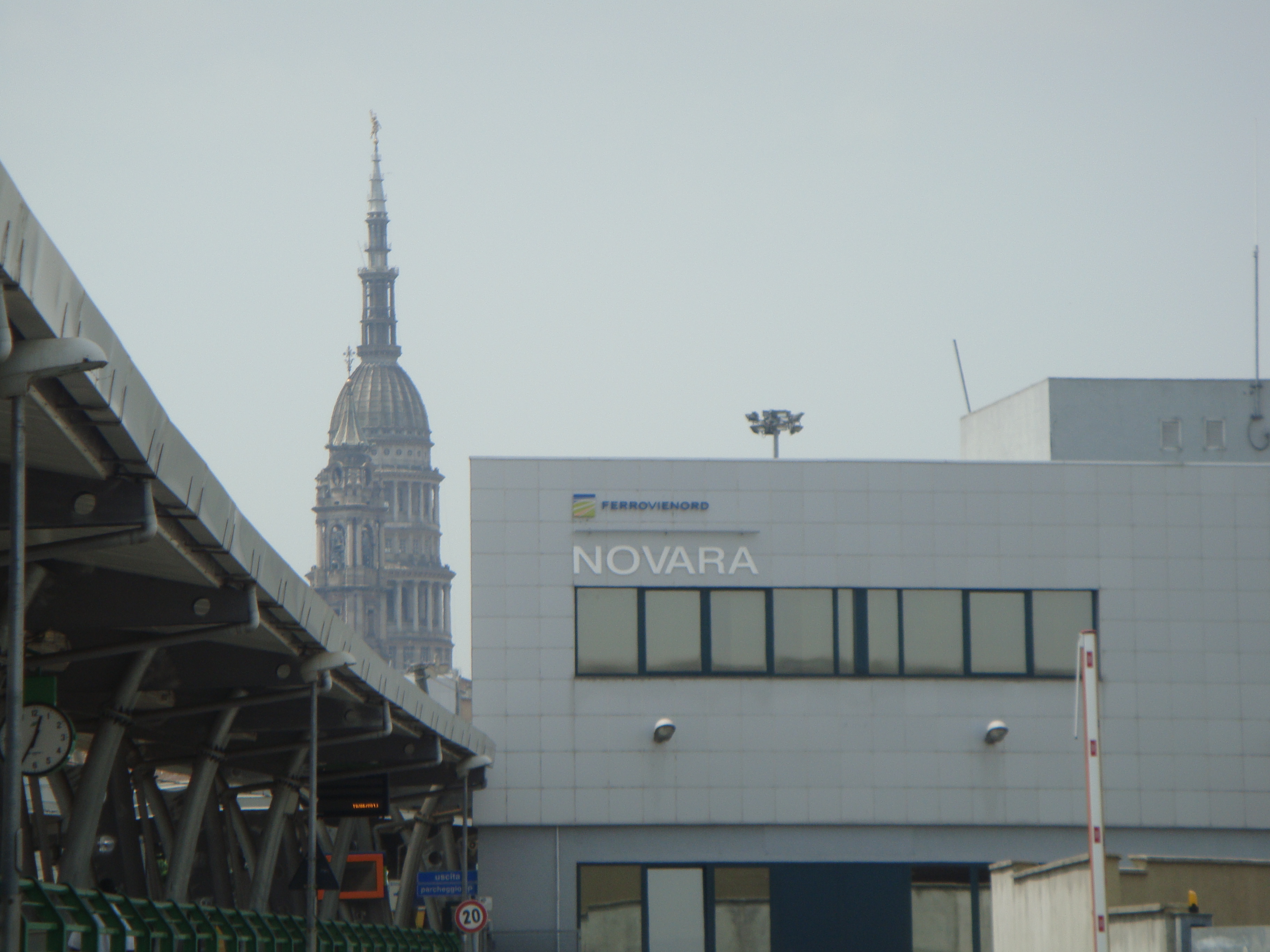
Gallery
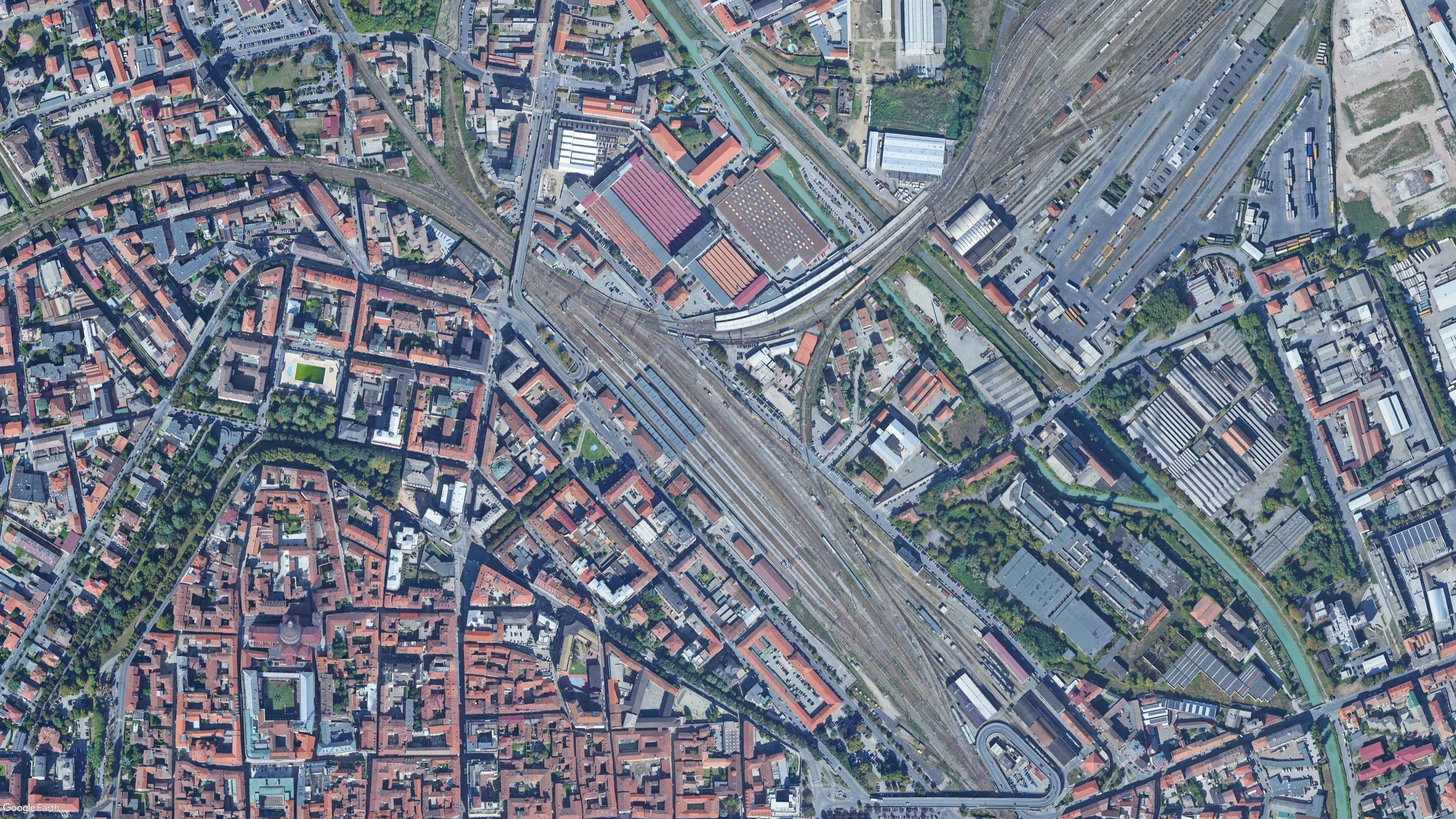
The new railway junction seen from above 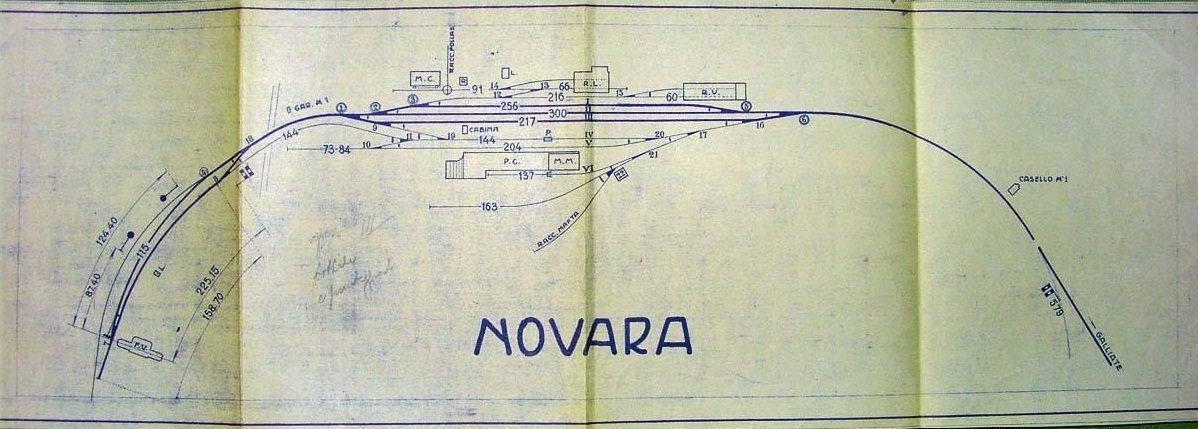
Perspective drawing of the tracks at Novara station: the old passenger building at the Nord station is visible on the left 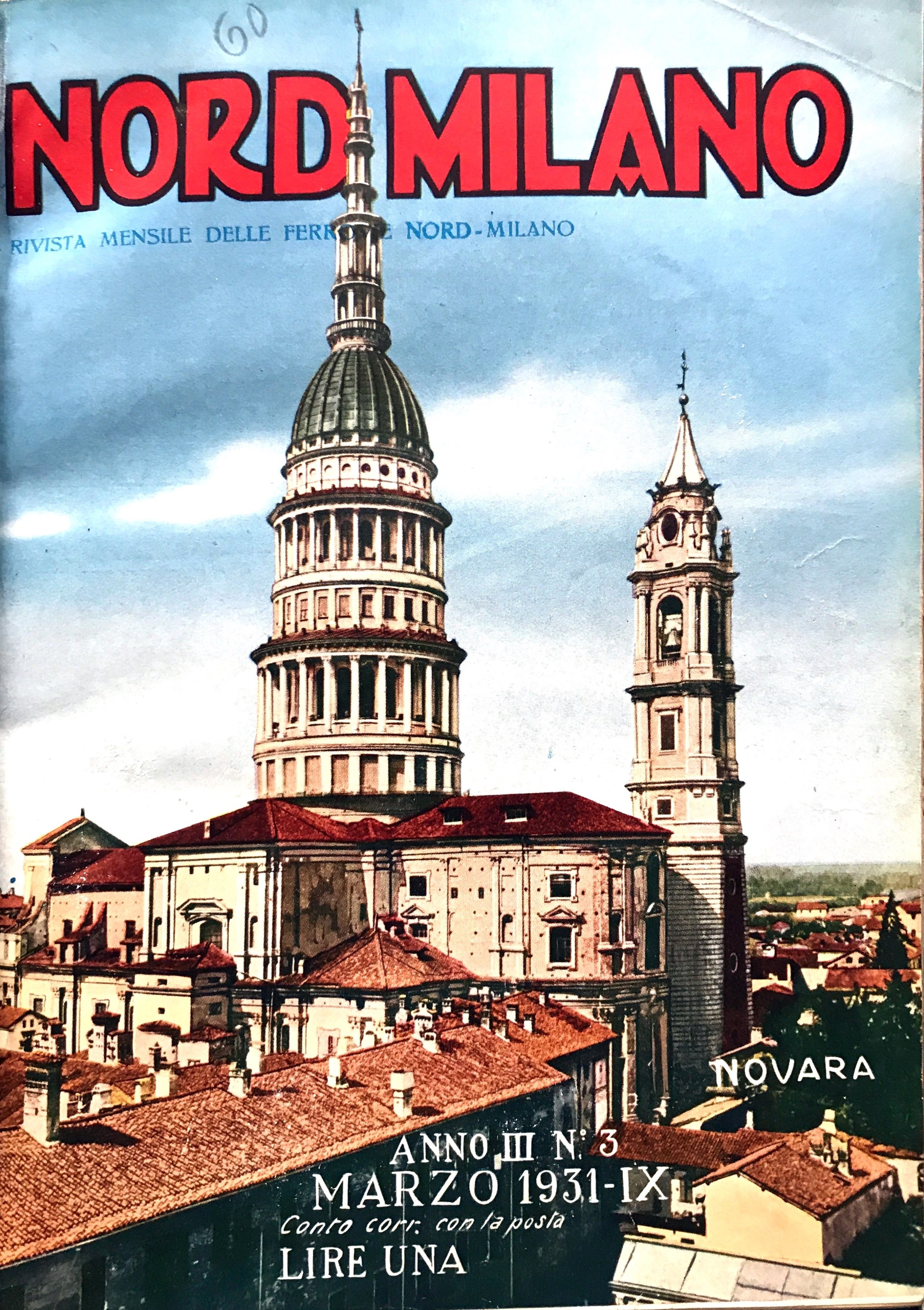
The March 1931 cover of Nord Milano magazine, with a wonderful illustration of the dome and bell tower of the Basilica of San Gaudenzio, a long-standing landmark of the city’s skyline. 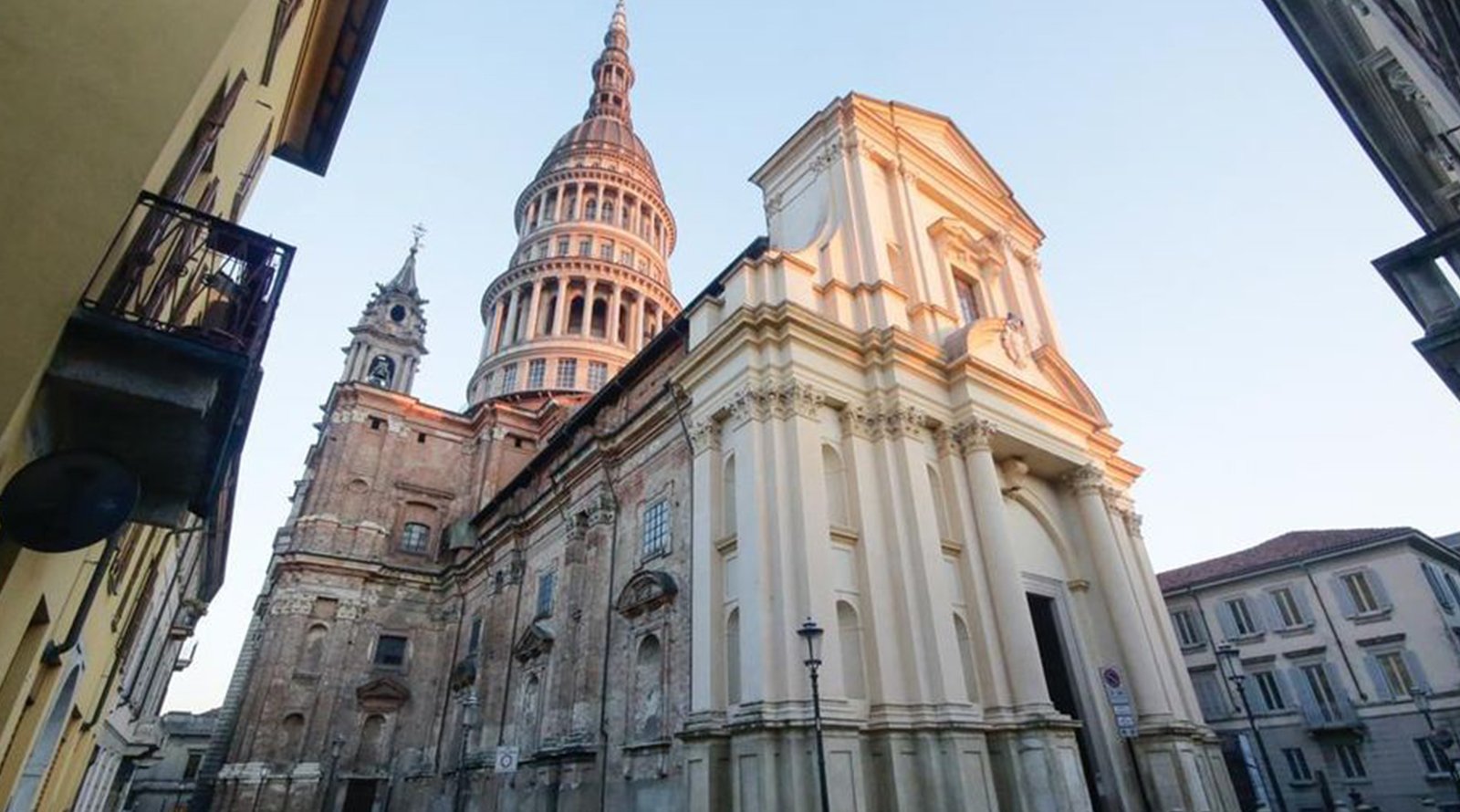
The bell tower of the Basilica of San Gaudenzio and the Dome of Novara form the most symbolic and well-known image of the city of Novara. Until the dome was built, the bell tower was considered to be the city’s tallest building, at 92 metres tall. The dome is the work of noted architect Alessandro Antonelli and is without a doubt one of the most important monuments of Italian architecture of the 1800s.